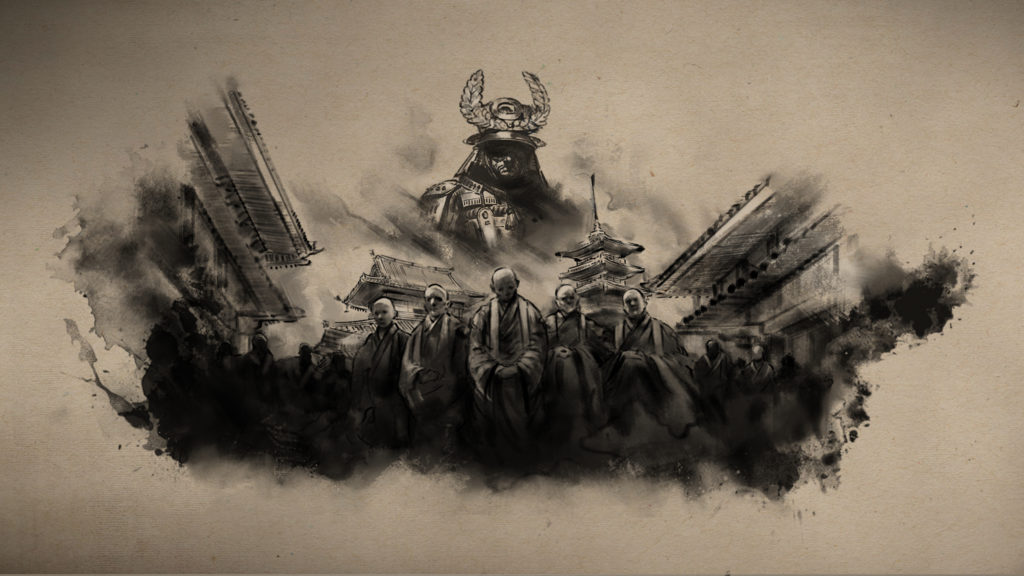
The Imperial Court of Japan lost most of its authority during the Warring States period. When Japan was unified under the Tokugawa Shogunate, the bakufu took steps to consolidate power. One threat it sought to address was the power of Buddhist temples. In 1627, the Emperor’s historical relationship with Buddhist temples brought the Imperial Court on a collision course with the bakufu. The following event would be known as the Purple Robe Incident.
Throughout the early Edo period, the bakufu sent out directives to oppress the Buddhist temples and balance the relationship between the temples and the Imperial Court. One edict sent prevented the Imperial Court from granting a purple robe to any monks for two years. Another demanded that any purple robes granted be approved by the bakufu first.
Purple robes marked the highest rank of monk, and they were traditionally granted by the Emperor to especially virtuous monks. They were a status symbol and a form of income—often through bribes, as buying Buddhist rank was common during the time period—for the Imperial Court.
Buddhist monks held incredible sway over the population and earned vast amounts of money through donations. The faction that determined who had the right to wear the purple robe possessed a lot of power over Japan.
When the Emperor disregarded the shogun’s edict and granted purple robes to over 10 monks, the shogun overturned the decision. The monks who had been honored with purple robes had the robes rescinded and were sent into exile. A number of monks who protested, including the famous Head Abbot of Daitokuji, Takuan Soho, were also arrested and exiled. About 150 monks were stripped of their robes, rank, and title. Emperor Go-Mizunoo abdicated, perhaps embarrassed by his lack of authority over his own subjects. And many Buddhist monks were left humiliated, powerless… and perhaps motivated to act against the shogun.
The Purple Robe Incident was one of the defining political conflicts of the early Edo period. Tale of Ronin takes place less than 10 years after the incident and the dust has yet to settle. As the game continues, players will be pulled into a scheme to exact vengeance on the Shogun for turning on the Imperial Court—and the Buddhist temples.